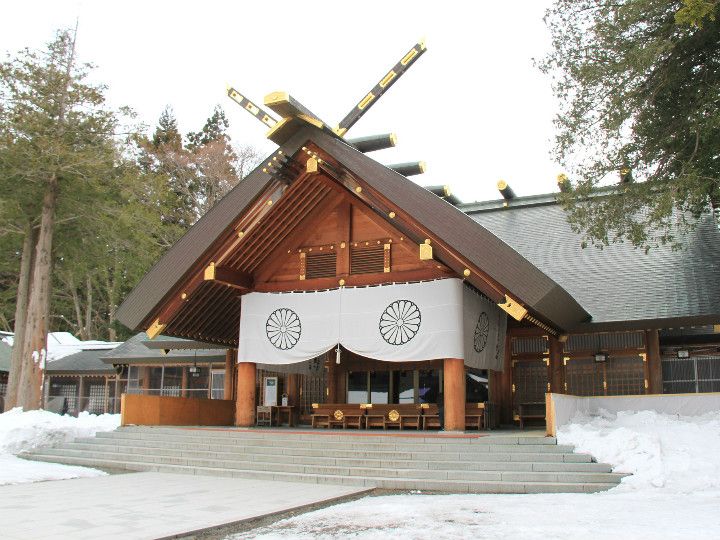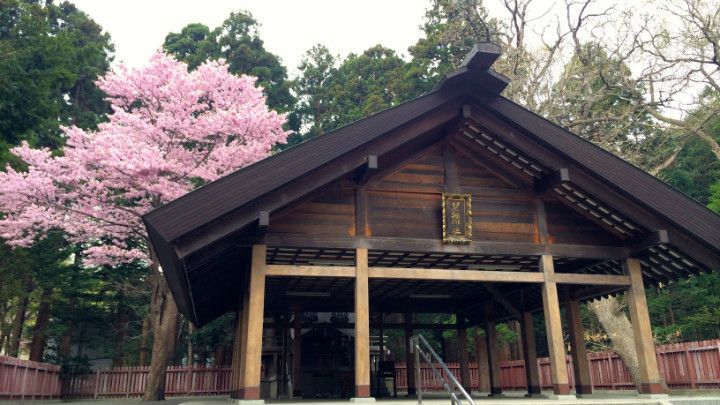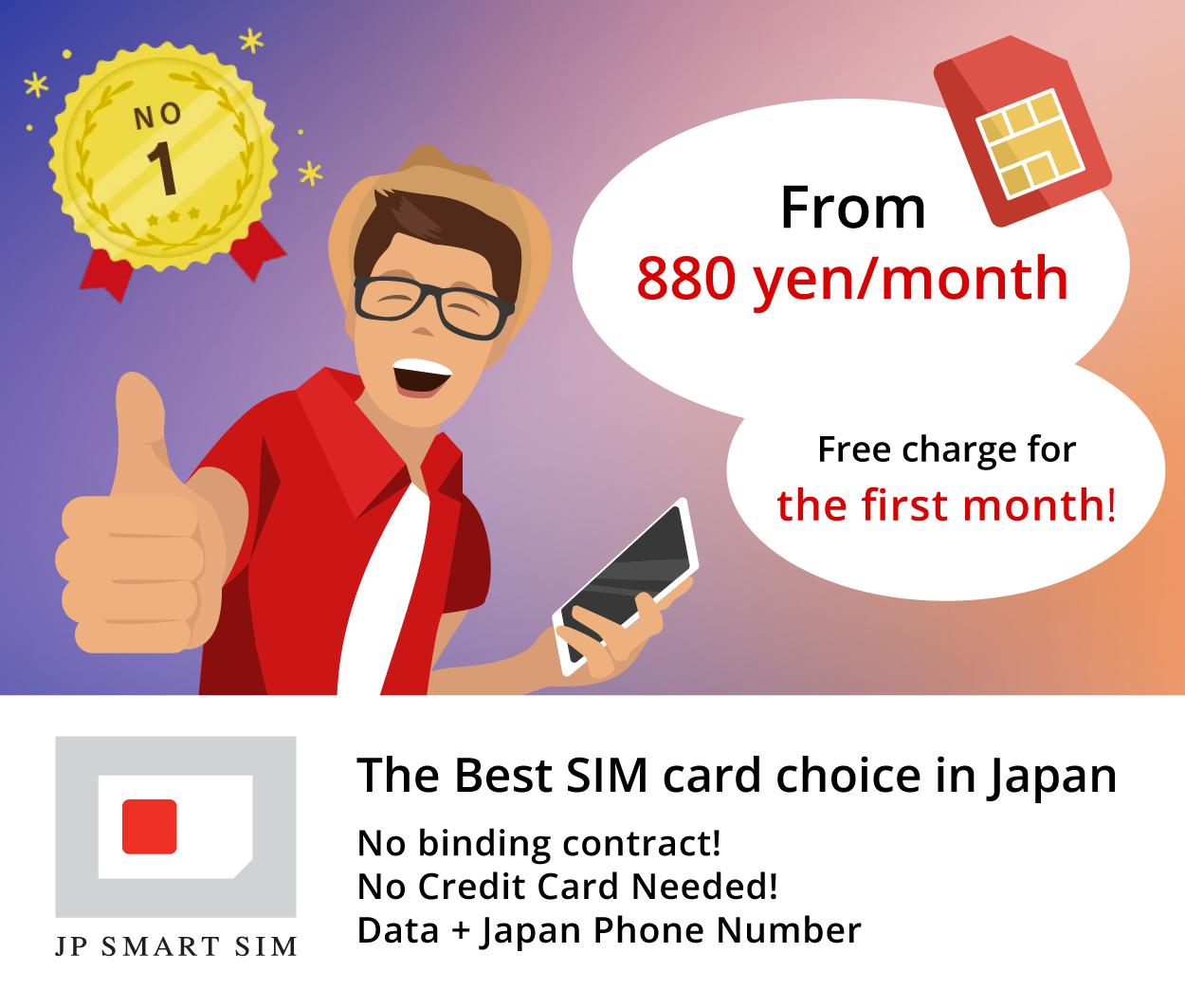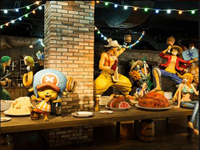Hokkaido Jingu


(Source: niyan / PIXTA(ピクスタ))
Worship Hall that Enshrines the Deities of the Reclamation of Hokkaido
The worship hall located in the center of the shrine precinct originally enshrined three protecting deities of the reclamation of Hokkaido, God of nation–building, God of reclamation, and God of medicine and sake-brewing. Later, the soul of Emperor Meiji, the founder of the shrine was newly enshrined at his death resulting in four deities in this worship hall. The approach from the tori (gate) to the worship hall is lined with many monuments of people who dedicated themselves to the reclamation of Hokkaido.

(Source: MASUYAMA.BLOG)
Blessed with the Power of Pioneers at Kaitaku Jinja
Kaitaku Jinja is a subordinate shrine of Hokkaido Jingu that is known as the most powerful spiritual place within Hokkaido Jingu. It enshrines the souls of 37 pioneers who devoted themselves to the reclamation of Hokkaido. It is believed that it has a divine favor in good luck in business by sharing the good luck of pioneers who succeeded in reclamation under a harsh environment.

(Source: ぽんぽこたぬきの四方山日記。)
Meet Wild Animals!? It’s the Advantage of Hokkaido
Both the precincts of Hokkaido Jingu and Maruyama Park where Hokkaido Jingu is located are filled with rich nature. The wild animals and birds including Ezorisu (red squirrel found only in Hokkaido) and foxes can be seen here. A place to be one with the magnificent nature of Hokkaido.

(Source: フォトショップ・パル)
Only in Hokkaido: Plum Blossoms and Cherry Blossoms Compete with One Another
After the severe winter, spring in Hokkaido comes in a rush. Plum blossoms are usually in full bloom in early spring in other areas in Japan while cherry blossoms in mid spring. But in Hokkaido, they are in full bloom at the same time: you can see deep pink plum blossoms and pale pink cherry blossoms at once in the shrine area. They are at their best around the end of April to the middle of May every year.

(Source: MAKIKO DIARY)
Sapporo Festival Announces the Coming of Summer
Sapporo Festival is a festival held in the middle of June every year. As many as 1000 people in Heian era costumes parade around the main downtown areas of Sapporo carrying a portable shrine. Many people come to see the splendid portable shrine and dashi (festival float) as well as enjoying various events and visiting street stalls. This festival is a special feature of early summer in Sapporo.

(Source: 良いことは、広める2)

(Source: niyan / PIXTA(ピクスタ))
Worship Hall that Enshrines the Deities of the Reclamation of Hokkaido
The worship hall located in the center of the shrine precinct originally enshrined three protecting deities of the reclamation of Hokkaido, God of nation–building, God of reclamation, and God of medicine and sake-brewing. Later, the soul of Emperor Meiji, the founder of the shrine was newly enshrined at his death resulting in four deities in this worship hall. The approach from the tori (gate) to the worship hall is lined with many monuments of people who dedicated themselves to the reclamation of Hokkaido.

(Source: MASUYAMA.BLOG)
Blessed with the Power of Pioneers at Kaitaku Jinja
Kaitaku Jinja is a subordinate shrine of Hokkaido Jingu that is known as the most powerful spiritual place within Hokkaido Jingu. It enshrines the souls of 37 pioneers who devoted themselves to the reclamation of Hokkaido. It is believed that it has a divine favor in good luck in business by sharing the good luck of pioneers who succeeded in reclamation under a harsh environment.

(Source: ぽんぽこたぬきの四方山日記。)
Meet Wild Animals!? It’s the Advantage of Hokkaido
Both the precincts of Hokkaido Jingu and Maruyama Park where Hokkaido Jingu is located are filled with rich nature. The wild animals and birds including Ezorisu (red squirrel found only in Hokkaido) and foxes can be seen here. A place to be one with the magnificent nature of Hokkaido.

(Source: フォトショップ・パル)
Only in Hokkaido: Plum Blossoms and Cherry Blossoms Compete with One Another
After the severe winter, spring in Hokkaido comes in a rush. Plum blossoms are usually in full bloom in early spring in other areas in Japan while cherry blossoms in mid spring. But in Hokkaido, they are in full bloom at the same time: you can see deep pink plum blossoms and pale pink cherry blossoms at once in the shrine area. They are at their best around the end of April to the middle of May every year.

(Source: MAKIKO DIARY)
Sapporo Festival Announces the Coming of Summer
Sapporo Festival is a festival held in the middle of June every year. As many as 1000 people in Heian era costumes parade around the main downtown areas of Sapporo carrying a portable shrine. Many people come to see the splendid portable shrine and dashi (festival float) as well as enjoying various events and visiting street stalls. This festival is a special feature of early summer in Sapporo.

(Source: 良いことは、広める2)






